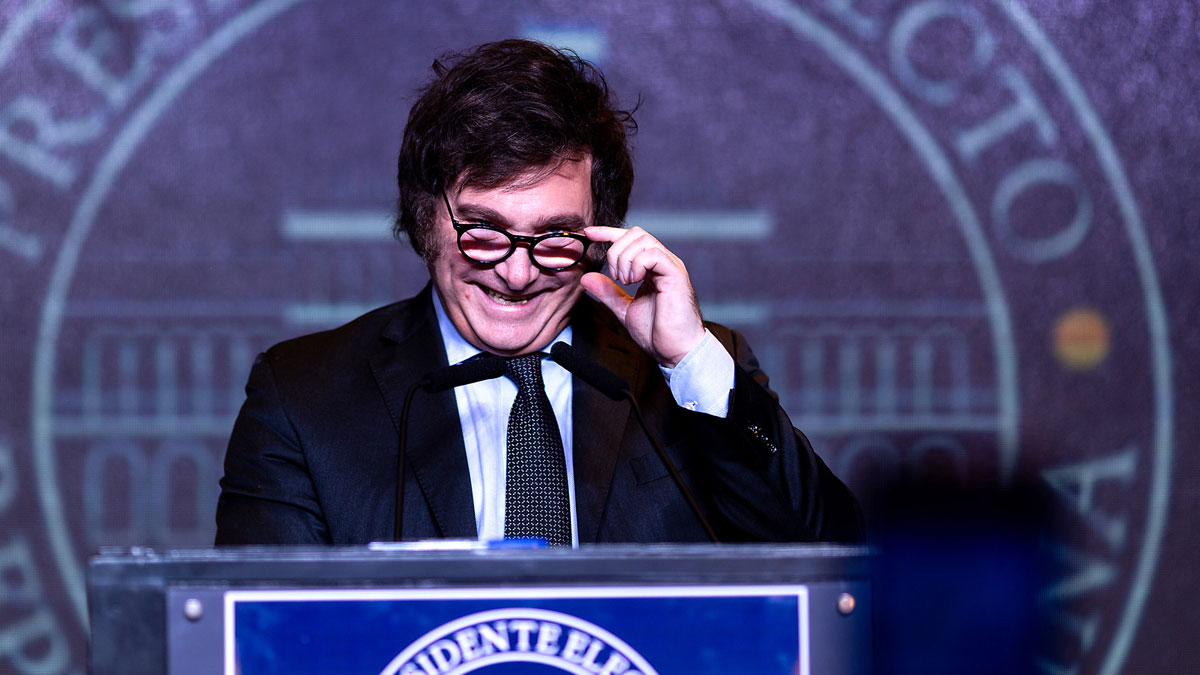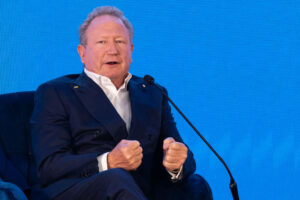There is a nation we know in the Southern Hemisphere whose name has nine letters starting and ending with ‘a’.
Its population is largely descended from European immigrants and its mixed economy exports much of its agricultural products to China while the people consume much of the wine and beef they produce and export.
In case you are wondering, that nation is, of course, Argentina!
Argentina’s population of 45.8 million is 97% of mixed Spanish, Italian, German, and Amerindian ancestry, while Amerindians make up 2.4% and people of African origin are 0.4% of the population.
Unlike Australia, Argentina is no longer a destination for immigrants and its population expands by about 450,000 annually, entirely from births minus deaths.
In fact, if you move through Australia’s tourist hotspots and rural regions, you are very likely to find Argentinians applying their talents and skills on a visa in Australia.
On the Legatum Prosperity Index of 167 nations, where Denmark is number one, Argentina ranks 58th while Australia is 15th and falling, and on the Transparency International Corruption Index of 180 nations, Argentina is ranked a lowly 94th, surrounded by Colombia, Ethiopia, and Brazil, while Australia sits at 13th, in company with Hong Kong and Canada.
Argentina is now in economic turmoil with inflation running at 140%, while the newly elected President faces a deeply divided parliament as he tries to right the ship of State, abolish the Central Bank and the Peso while making the US dollar the nation’s national currency, which will not be well received in Washington.
Argentina’s newly elected President Javier Milei wants to turn the nation’s fortunes around. However, he is untested in the public arena. His social policy prescriptions will not please everyone, as he seeks to loosen gun laws and restrict abortion.
However, he is very pro-business and sees a massive future for Argentina’s lithium and other extractive industries. The Argentinian people are clearly so fed up with the nation’s long history of illiberal military dictatorship and institutionalised corruption that has left an economy where 40% of citizens live in poverty, that they are prepared to take a chance on Milei.
Whether he can live up to the hype surrounding his election, or whether this move turns out to be a disastrous Messiah syndrome, like the Bolsonaro Presidency in neighbouring Brazil, should be apparent as 2024 rolls along.
In the meantime, ASX listed companies with interests in Argentina will be hopeful that Milei succeeds and that they can rapidly commercialise projects in Argentina to add strength to that economy.
ASX listed Argentina explorers
Galan Lithium (ASX:GLN) has led the charge, recently making great technical and commercial strides at its Hombre Muerto West (HMW) lithium project on Argentina.
In a substantial advance, the company secured cooperation from global diversified natural resources giant, Glencore, which has signed a binding offtake agreement for HMW chloride or carbonate lithium product from Phase 1 as well as giving support for a US$70 to US$100 million financing, pre-payment funding facility.
Galan commenced construction at the HMW salar in September ’23 and will begin operation from a Resource containing 6.6Mt of lithium carbonate equivalent (LCE) in Q1 ’24 with first product expected in H1 2025.
In full production, Galan estimates an operating cost of US$3,510/t of LCE, and feasibility work estimates an NPV of US$2 billion for the $238 million company.
Pursuit Minerals (ASX:PUR) has delivered an initial Inferred Resource containing 251kt of LCE at a grade of 351mg/L of Li a its Rio Grande Sur brine project in Argentina.
The company has embarked on a series of research pilot plant production process projects using recently purchased equipment, while continuing surveys and drilling to locate potential resource extensions.
At its SolarOZ project, at the northern end of the Salar de Olaroz, which it shares with Allkem (ASX:AKE), Lithium Energy (ASX:LEL) is planning to produce lithium products from an Indicated Resource containing 2.4Mt of LCE by the traditional evaporation method or by applying Direct Lithium Extraction technology once test work has been completed.
Scoping Study and approval work will proceed through 2024 at the 90% held project, with engineering studies to follow, leading to construction by late 2025, aiming to produce 40ktpa of LCE by late 2027.
LEL’s recent presentation reveals that at the current lithium carbonate price of ~US$18,700 per tonne, about 25% of global lithium battery chemical supply capacity (mostly in China) will be substantially underwater, which may put a floor under prices that have retreated from highs around US80,000 per tonne in November 2022.
In a worst-case scenario, lithium chemical prices could fall below US$15/kg before a floor is seen.
Recent arrival into Argentina, Power Minerals (ASX:PNN) has established a Resource containing 292.6kt of LCE averaging around 260 mg/L Li, at its Rincon salar in Argentina’s lithium triangle, lifting its total Salta Resource in a suite of six salars to 714.9kt LCE.
The company is now deep into a Preliminary Economic Assessment process for its Rincon salar.
Power is also working with Canadian direct lithium extraction technology provider Summit Nanotech Co, whereby Summit will become a joint venture partner at the Incahuasi salar by investing $3.125 million to fund development of a process pathway.
Power Minerals, Galan Lithium and Pursuit Minerals are Stockhead advertisers.
The views, information, or opinions expressed in the interviews in this article are solely those of the interviewees and do not represent the views of Stockhead. Stockhead does not provide, endorse or otherwise assume responsibility for any financial product advice contained in this article.
The post PETER STRACHAN: Who’s ready to do business with the new ‘promise we’re less corrupt’ Argentina? appeared first on Stockhead.























+ There are no comments
Add yours